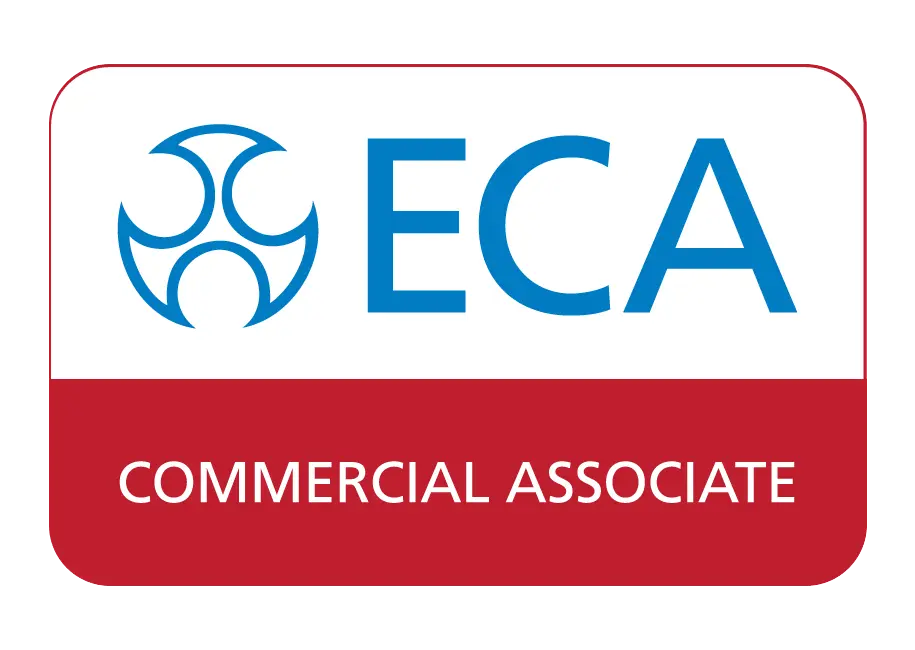How “Installability” is Shaping the Future of Electricians
“They’re taking the craft out of the trade!” Ever heard a colleague make this complaint about a new luminaire design? They scoff at plug & play functionality, compare colour-coded terminals to children’s ABC books, and take pride in wiring from scratch. Typically, they’re the stalwarts of the industry - the ones we turn to when no one else has the answer. The craftspeople. We love these electricians. But we do have a small bone to pick…
What they’re calling a “dumbing down” is what we at ROBUS proudly call installability — and we’re passionate about it. We’ll defend it to the end. So, apologies in advance to the old-school sparkies - we’re here to show you why the latest innovations in luminaire design are not simply nice to have, but essential to the trade. Let’s start with an example…
Imaginge You Have to Install an Emergency Pack into an LED Batten
Think about all the steps you must go through to install an emergency pack from scratch. Just running through them in your head takes time — never mind actually doing the job.
You have to:
- Mount the emergency pack using fixing tabs, screws, or locking wing nuts inside the luminaire body or spine.
- Disconnect the existing driver-to-LED connection.
- Connect mains input to the emergency module.
- Link the emergency module’s maintained live output back to the mains LED driver input.
- Reconnect the mains driver output to the LED board.
- Mount the charge indicator LED (often to the body or end cap for visibility).
- Neatly coil and secure any excess cabling (e.g. battery leads or plug connectors) inside the spine or a cable channel.
For Self-Test versions:
- Mount two separate indicators - usually a green charge LED and a bi-colour or red fault/test indicator.
- Install the manual test/failsafe switch if required (some systems use a button or key switch).
It’s a lot — and that’s just one fitting. But what if we told you… you don’t need to do any of that anymore? In the past year, our New Product Development team launched HARBOUR EXPRESS and SPEEDBEAM EXPRESS LED ranges with new and improved designs that eliminate all that unnecessary wiring.
The solution? Save installation time with an integrated emergency base. Now, every batten comes ready with an integrated emergency base — all you do is snap-in the plug-in emergency pack to power your upgrade. We call it True-Plug&Play. The result? Immense amounts of time saved.
Installability and the Critical Shortage of Electricians
Estimates show that in the UK we will need up to 100,000 more electricians to meet demand by 2032. In today’s electrical industry, labour time is one of the biggest cost factors on any job. Margins are tight, and deadlines are forever looming. This all feeds into why there is growing demand for luminaires that are quicker, simpler, and more predictable to install.
As you know, electricians on site are typically paid by the hour or by the job. Every extra 10–15 minutes spent
- Wrestling with fiddly connectors
- Manually wiring drivers and modules
- Drilling for indicators or mounting accessories
…is time they could have spent moving on to the next fitting and finishing the project faster. Multiply that across dozens (or hundreds) of fittings, and it’s clear: time-saving isn’t a luxury, it’s a competitive edge. Even more importantly, it’s ensuring the industry continues to progress and doesn’t fall into decline.
We Put Safety First in Luminaire Design
Making installation quicker isn’t just about saving time — it’s about reducing risk. A product that’s easy to install is also less likely to cause injury, less prone to mistakes, and more likely to comply with safety regulations once it’s up and running. You rarely get to install fittings in perfect conditions, right? You’re:
- Up ladders or on scaffolding
- Working overhead or in tight spaces
- Battling poor lighting or bad weather
- Often on live or semi-live sites
Every extra screw terminal, awkward bracket, or ambiguous wiring diagram adds risk: dropping tools, incorrect wiring, pulled muscles, even electrical shock.
Examples of Safer Luminaire Design Features
- Push-in terminals reduce strain and eliminate the need to twist wires or use screwdrivers in awkward positions.
- Multiple terminal mounting points provide more flexibility in wiring positions, speeding up the process.
- Plug & play connections prevent miswiring and remove the risk of loose terminations.
- Tool-free glands and cable clamps secure the cables and maintain electrical safety.
- Clear labelling reduces the chance of wiring errors, especially on large jobs or for new apprentices.
- Safety-straps secure the diffuser at a 90° angle, so you don’t have to juggle the diffuser while adjusting internal components.
- Marked drill points on every conduit entry ensure maximum precision.
We Prioritise the Electrician’s Installation Experience
Great product design starts by understanding what electricians actually go through — the body positions you work in, how you access wiring, the order you mount components, even how the fitting comes out of the box.
At ROBUS, we know the only way to get this right is by listening. That’s why we welcome hundreds of contractors to our Dublin HQ every year to test products, share feedback, and challenge us to do better. The smoother the installation is for you, the more likely it is to be done faster, safer, and right the first time.
Design that works with you — not against you — doesn’t take the craft out of the trade. It puts your real needs at the heart of it. Explore HARBOUR EXPRESS and SPEEDBEAM EXPRESS today.










